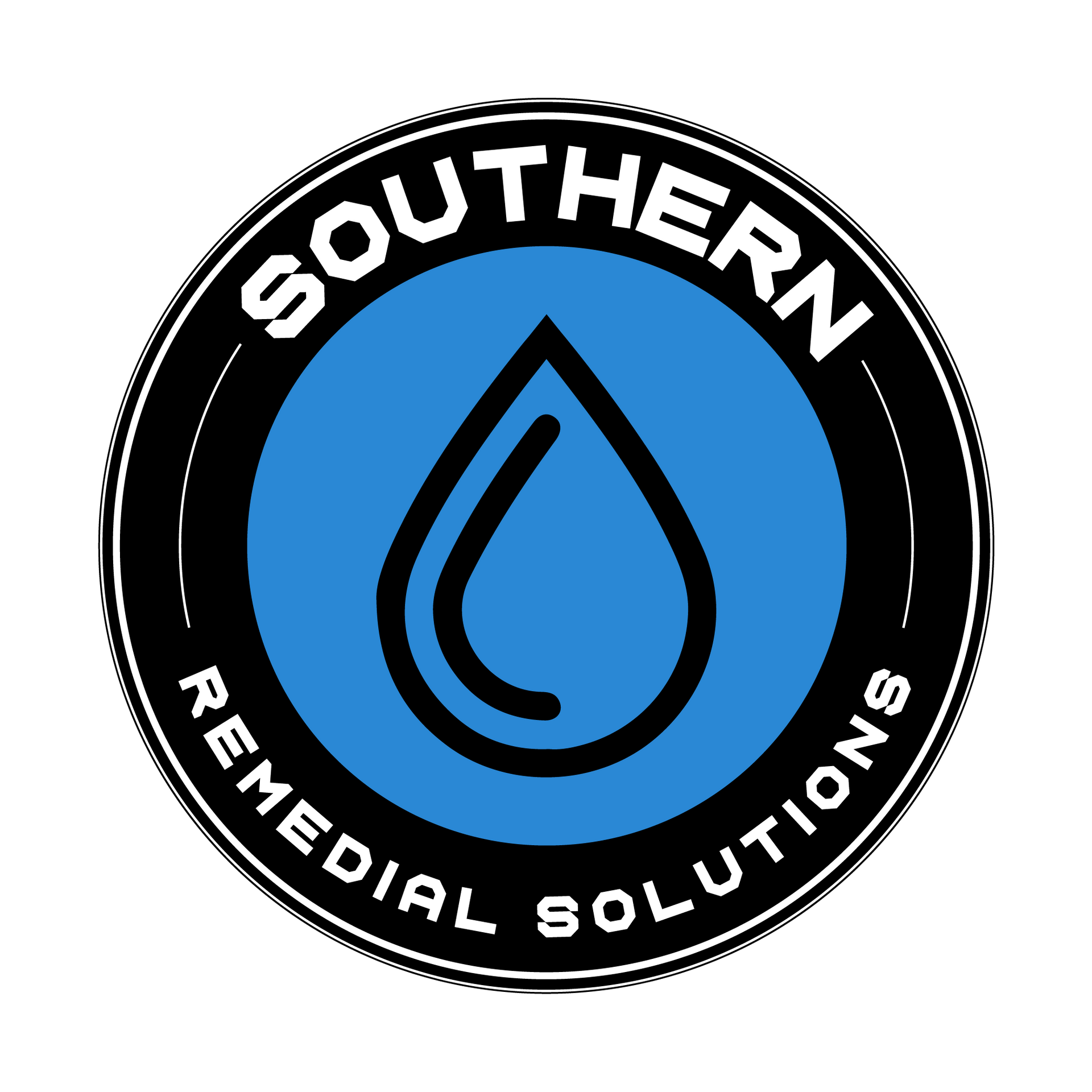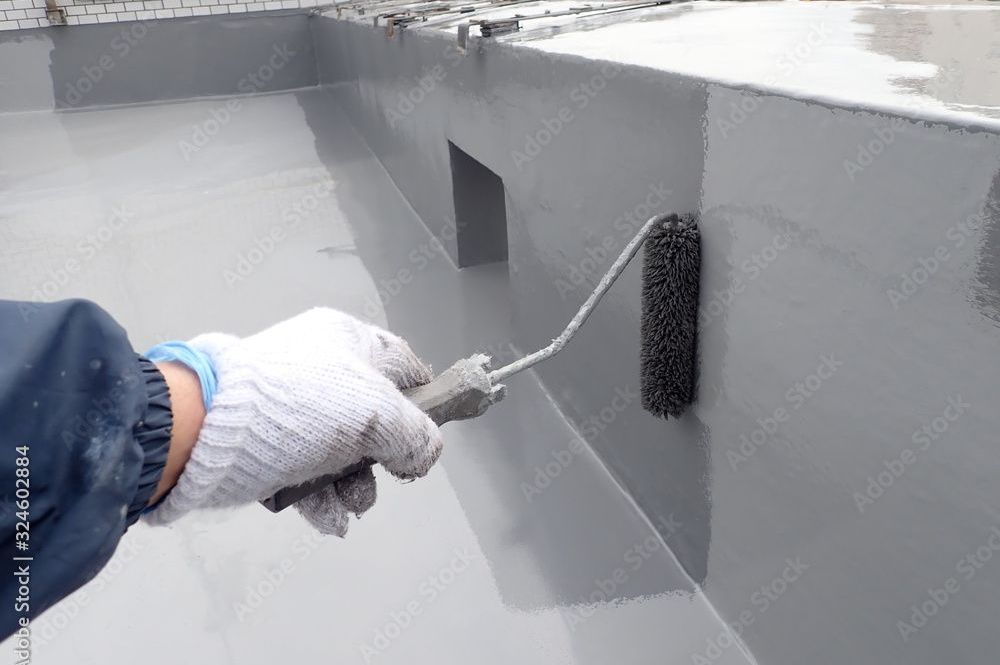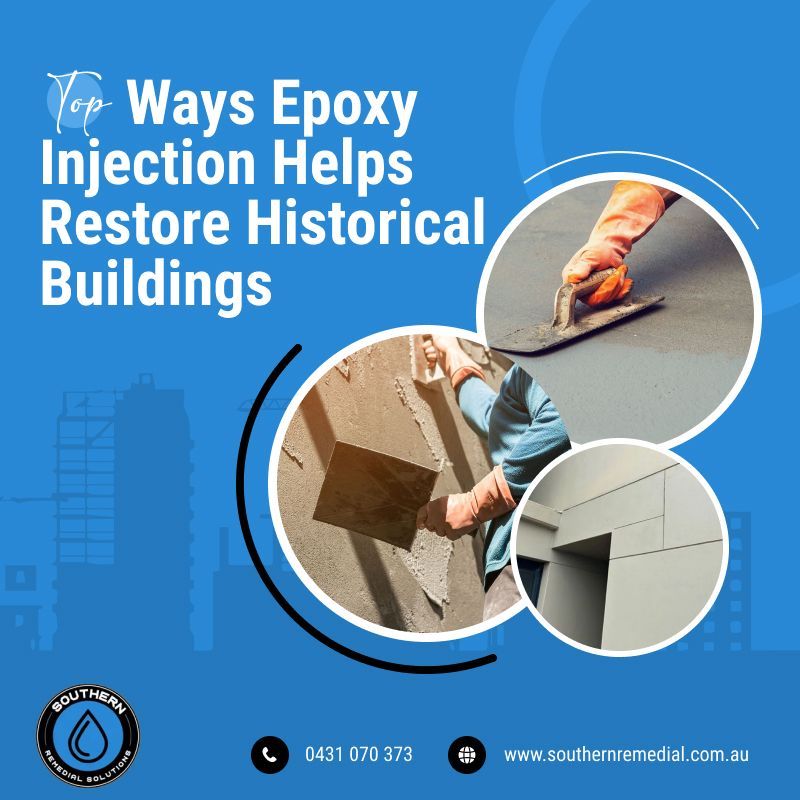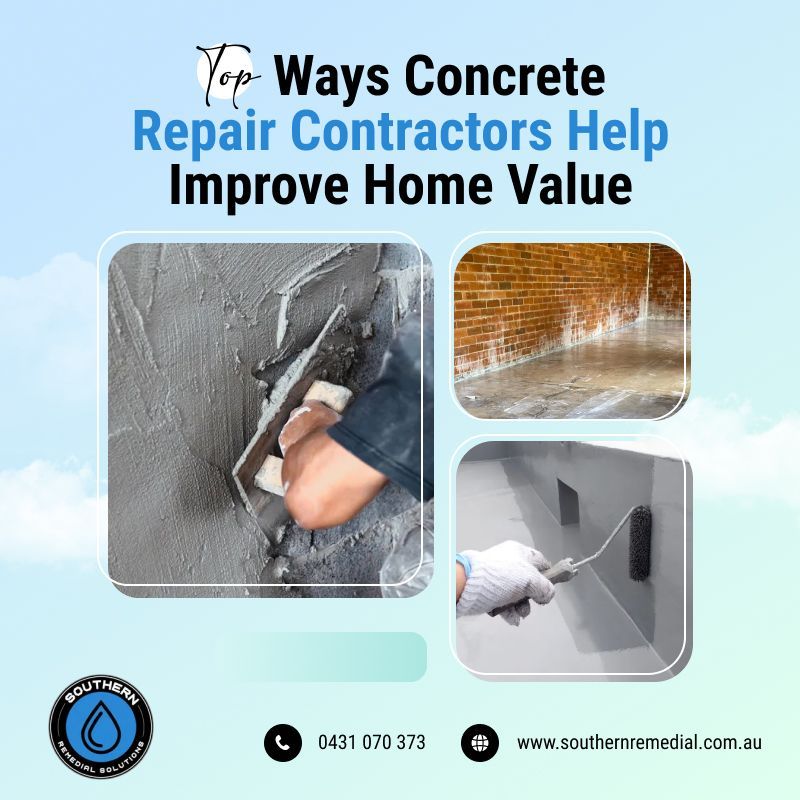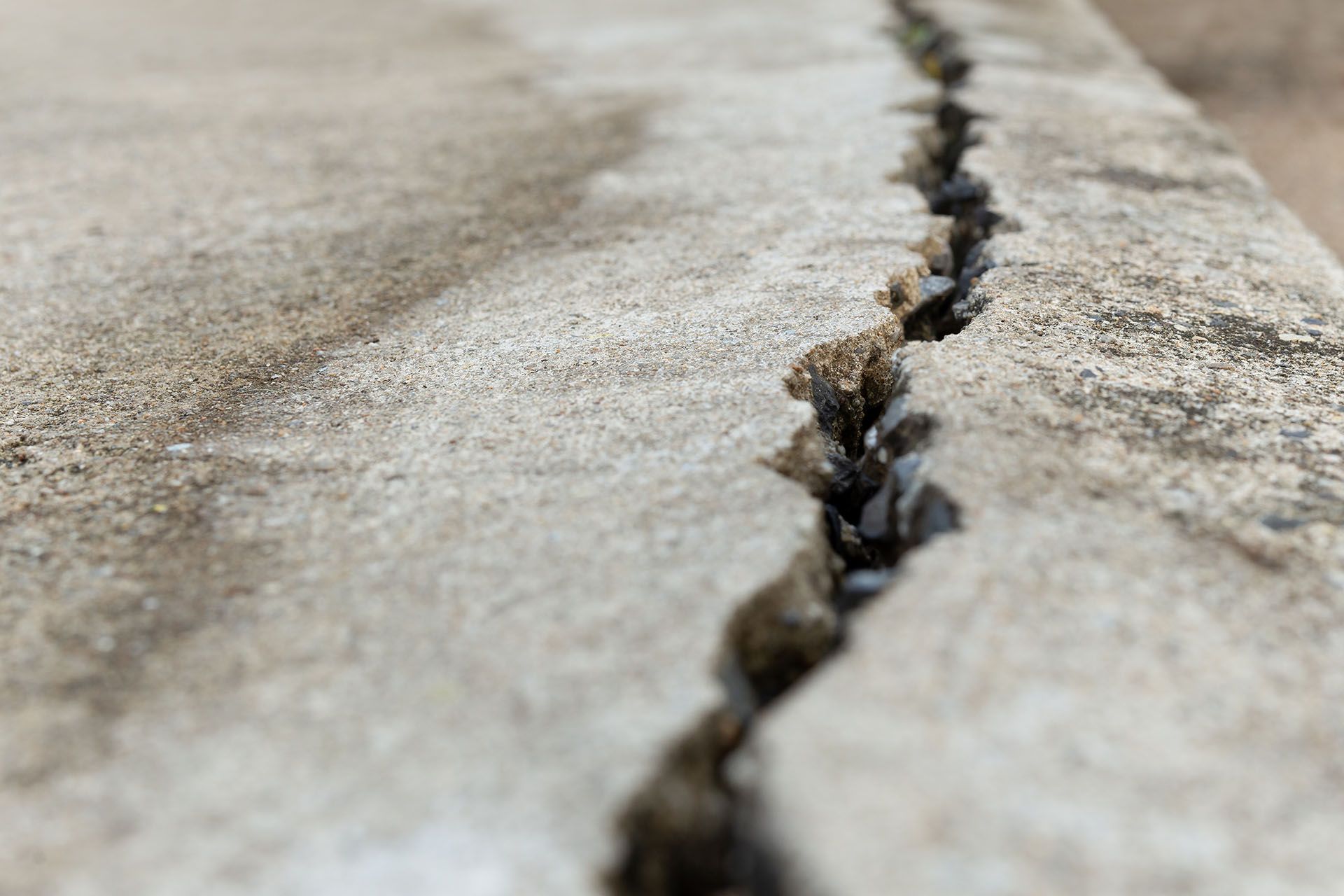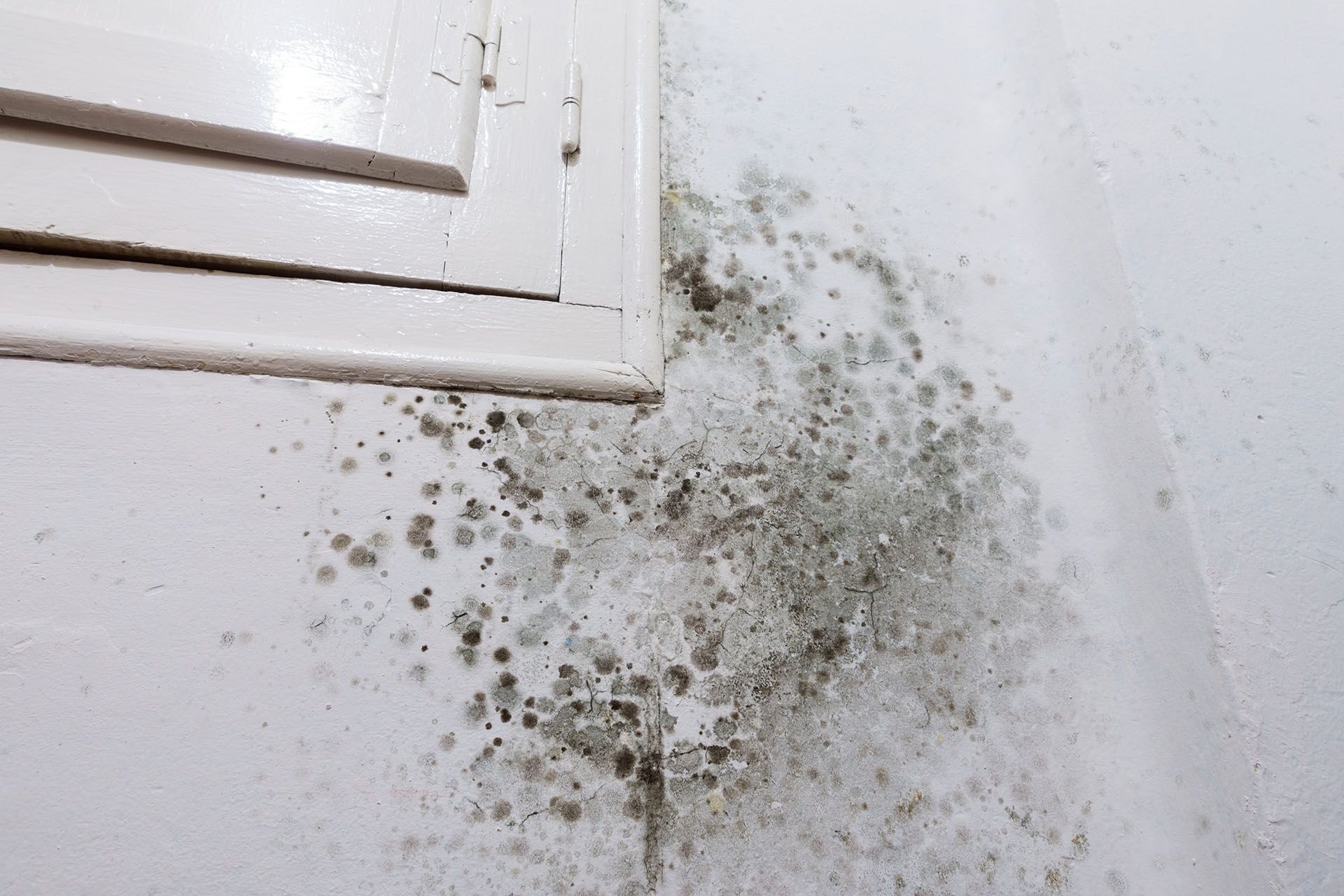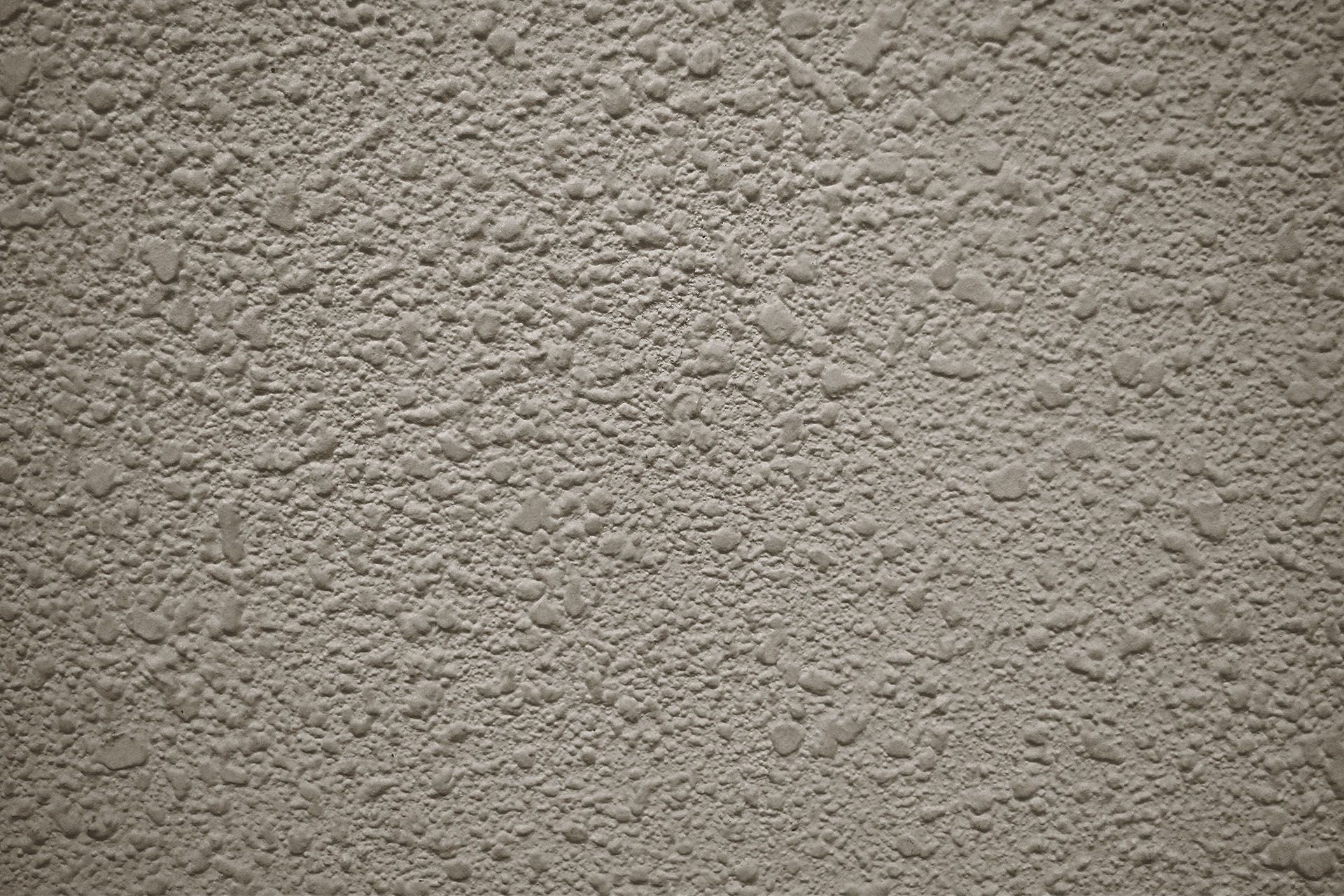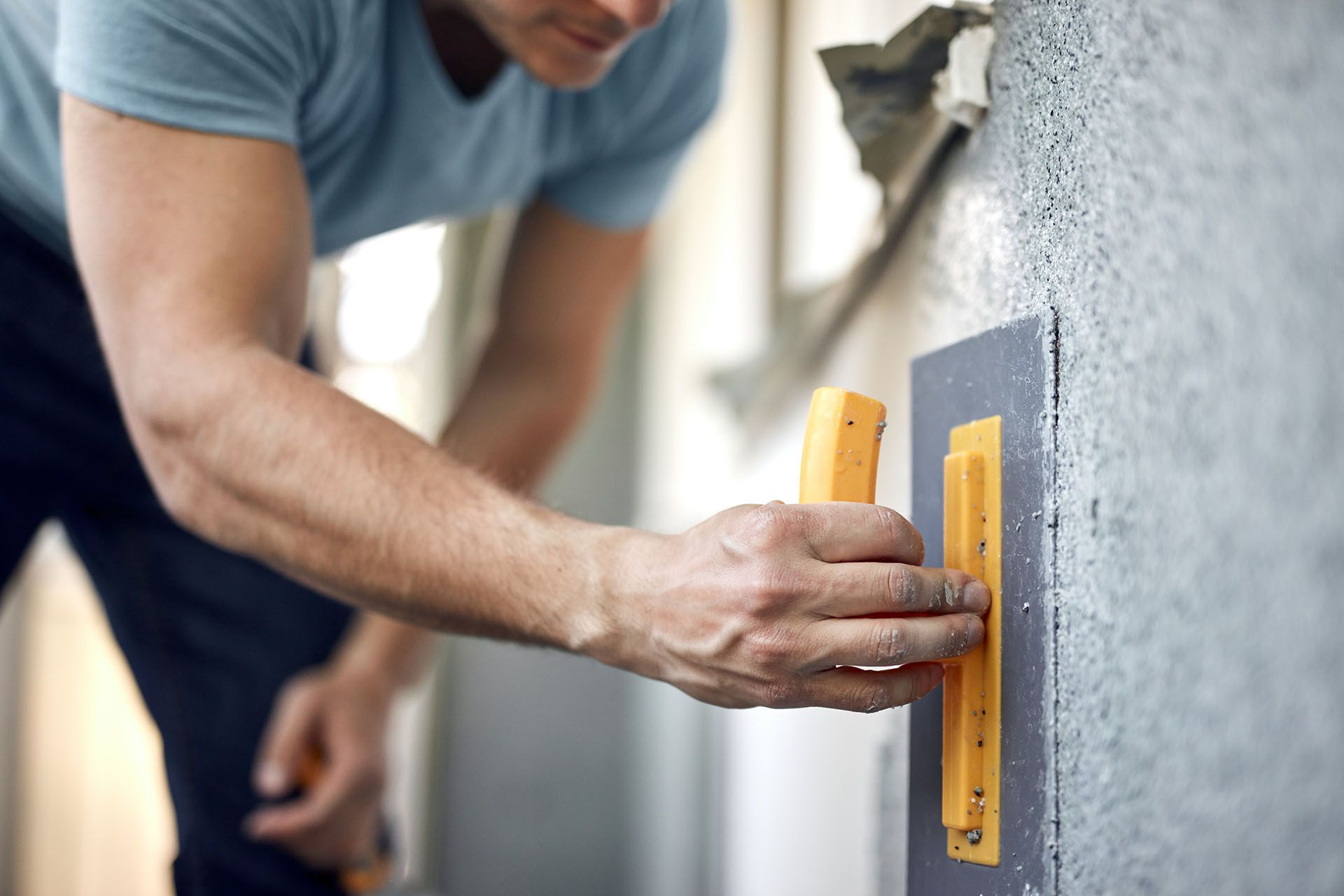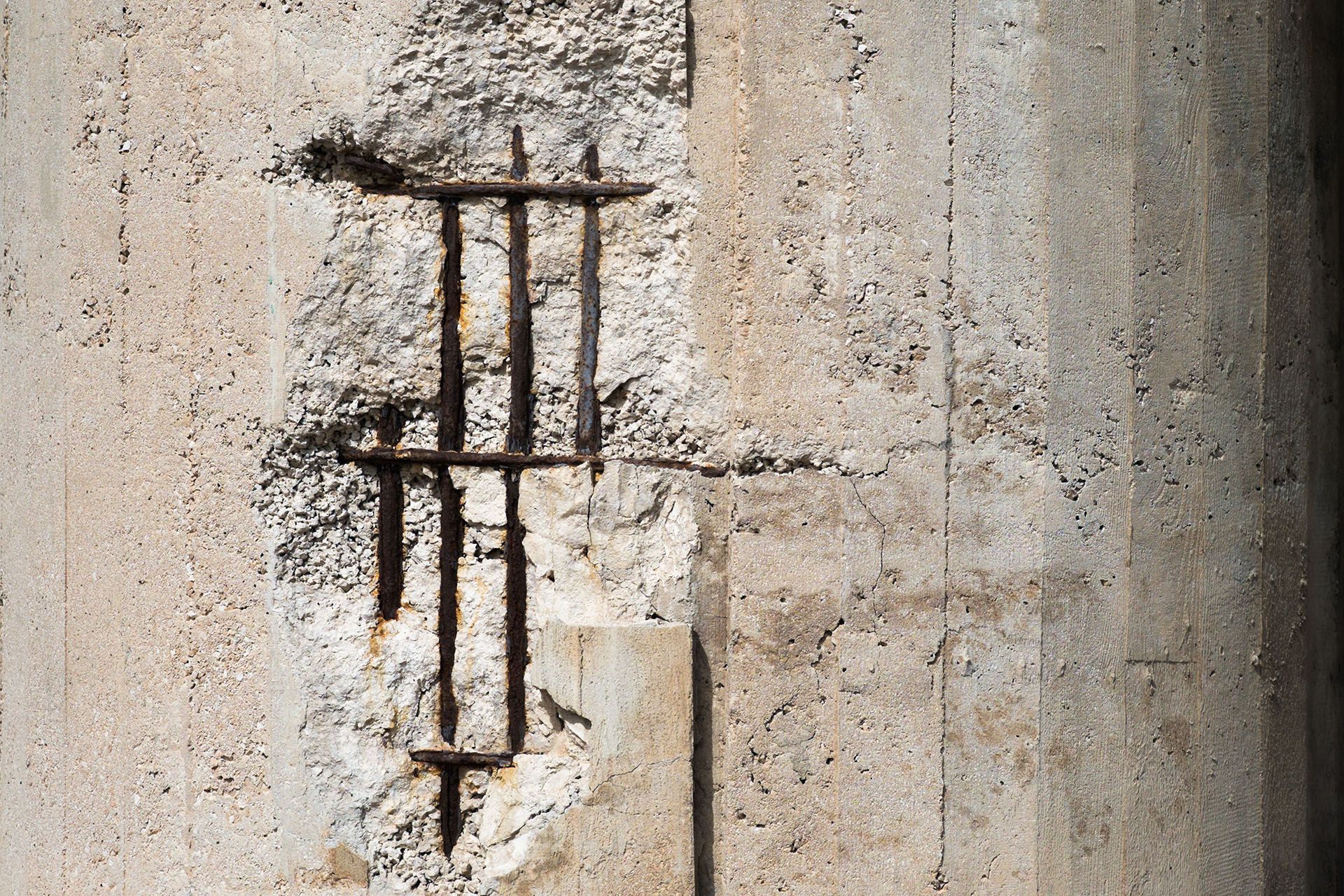The Role of Waterproofing in Concrete Remediation
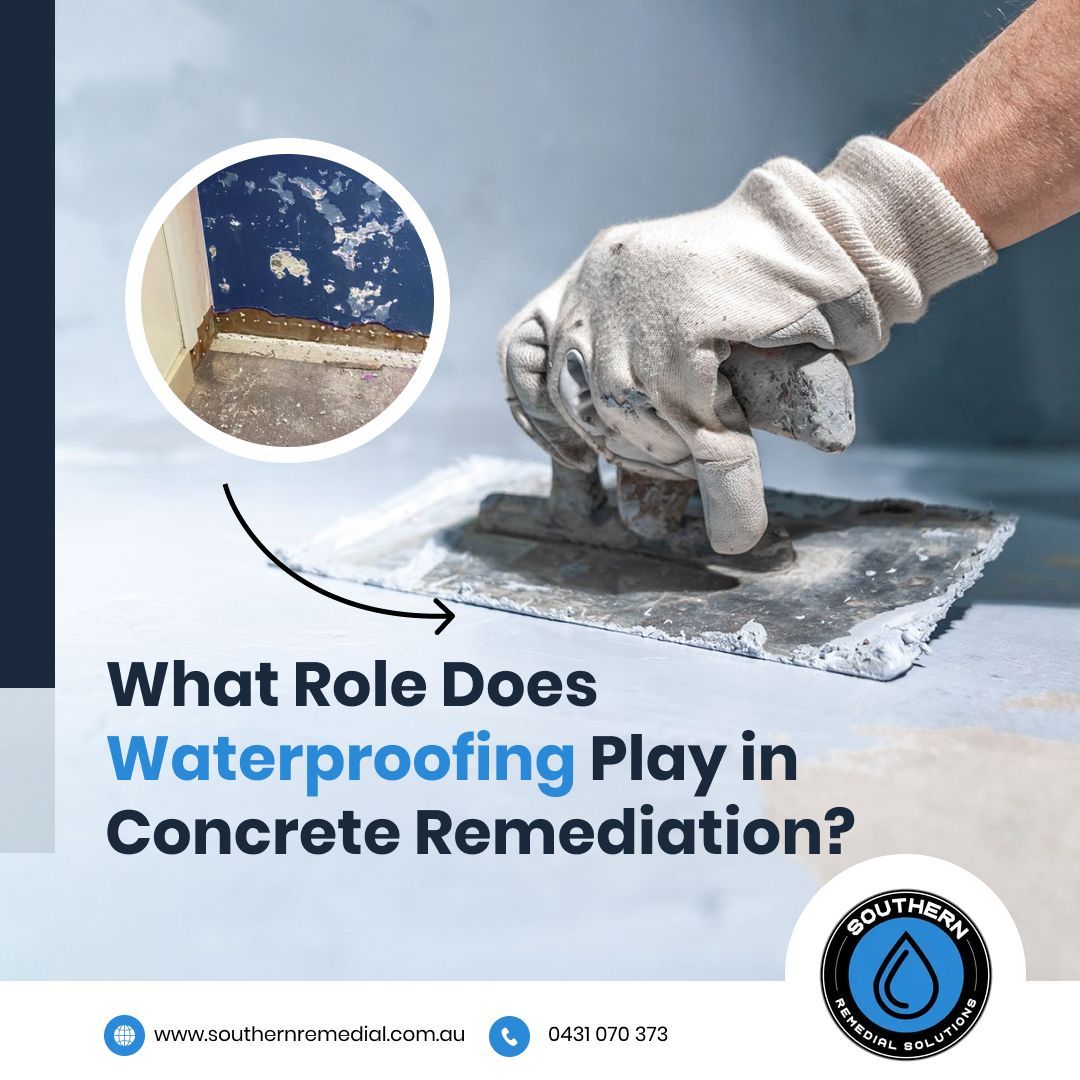
Concrete is strong, but it can crack. Water ruins buildings over time and needs expensive repairs. Homeowners tend to overlook small cracks without knowing water can penetrate and create more problems. Concrete remediation can fix such issues, but if waterproofing is done incorrectly, the damage may come back. Keeping water from entering concrete makes houses secure and makes buildings stronger.
Roles and Impacts of Using Waterproofing in Concrete Remediation
Water Damage Compromises Concrete
Water poses a massive issue for concrete buildings. Rain, water from the ground, and dampness enter crevices and weaken the material. In the long term, this leads to the growth of mould, rusting of steel reinforcements, and unstable buildings. Water expands and widens crevices as it freezes and melts, aggravating the issue.
Not detecting water damage in time can translate to costly repairs. A small leak can turn into a huge structural problem. Waterproofing prevents water from entering and prevents homeowners from paying for costly repairs down the road. Applying protective coatings early maintains concrete in good health for decades.
Signs of Water Damage in Concrete
Wet spots, colour changes, and cracks indicate there are moisture problems. White, powdery stains appear on concrete surfaces to homeowners. This substance, referred to as efflorescence, occurs when water evaporates and deposits minerals. It indicates there is excess moisture within the building.
Mildew and mould odours and growth in buildings indicate water penetration through walls and floors. Rust stains on concrete indicate wet corroding steel reinforcement. Bubbling or peeling paint indicates hidden moisture. Detection of these signs at an early stage avoids major structural damage.
How Waterproofing Safeguards Houses
Waterproofing functions as a protective barrier to exclude water. Waterproofing prevents water from entering gaps and safeguards steel reinforcement from damage. A well-sealed concrete surface is more durable and requires fewer repairs.
Various waterproofing techniques are appropriate for various conditions. Liquid sealants form an impermeable film, and waterproof membranes prevent water from entering concrete. Crystalline waterproofing works by developing crystals in the pores of concrete that close off water permanently. The appropriate solution is based on the degree of damage and the particular requirements of the building.
Waterproofing Solutions: Interior and Exterior
In order to waterproof concrete for protection from water, interior and exterior solutions are required. Waterproofing internally applied coatings and sealants to seal water out. These solutions work best for minor water issues but may not fix deep structural issues.
Exterior waterproofing prevents water from beginning with. Drainage systems, waterproof membranes, and protective coatings prevent rain and groundwater from entering concrete. Proper grading around the home causes water to flow away from the foundation and reduces the likelihood of water entering. Homeowners who install both types of waterproofing receive improved and longer-lasting protection.
Advantages of Waterproofing in Building Remedial
Repair projects attempt to fix and fortify weak buildings. Waterproofing is greatly needed since it prevents repairs from losing strength over time. A repaired concrete surface that is not waterproofed is still not strong and is likely to get damaged again.
Including waterproofing in buildings gives homeowners peace of mind. Their investment will last longer, and the risk of damage reappearing is minimised. A well-sealed home is safe, sturdy, and free from dampness issues.
Selecting the Right Waterproofing Product
Not all waterproofing products are suitable for all homes. Some products are surface sealers, while others penetrate deeply into the concrete. Homeowners need to think about climate, current damage, and maintenance requirements when choosing a solution.
Epoxy and polyurethane coatings are suitable for surface sealing, while cement-based waterproofers are ideal for foundations and basements. Bituminous membranes are suitable for exterior wall protection. Professional advice ensures that the correct process is selected to deliver long-term results.
Long-Term Saving through Waterproofing
Waterproofing is a money-saving investment that prevents repair dollars later on. Water damage causes costly structural repairs, building remediation, and health problems. Stopping issues in their tracks before they become costly issues saves you money.
A waterproofed house is more durable and low maintenance. Energy efficiency is improved because damp issues may lead to insulation problems. Property owners who invest in waterproofing save on maintenance and enhance the value of their property.
Final Thoughts
Waterproofing is greatly necessary in repairing concrete, as it avoids future deterioration and keeps the structure whole. Water degrades concrete over a period of time, causing cracks, mould, and rust. Homeowners who repair water leaks beforehand can preserve their homes from expensive repairs. Hiring remedial building services offers a good plan for fixing buildings including strong waterproofing to make them last longer. Picking the right materials and using them properly helps concrete buildings last. Spending money on waterproofing now stops big problems later. Every homeowner should see it as an important part of taking care of their property.

-
Get in Touch
We hope you enjoy reading this blog post!
If you need specialist remedial building works in Wollongong, Sydney, or the South Coast, look no further than Southern Remedial Solutions. We use industry-leading technologies to deliver high-quality solutions to our clients.
We hope you enjoy reading this blog post!
If you need specialist remedial building works in Wollongong, Sydney, or the South Coast, look no further than Southern Remedial Solutions. We use industry-leading technologies to deliver high-quality solutions to our clients.
